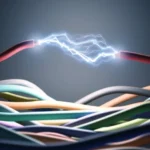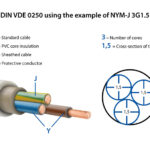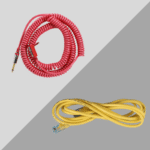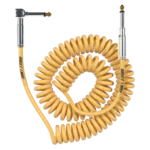Understanding Patch Cables: What They Are and How They Work
When it comes to setting up your home network, audio systems, or various electronic connections, patch cables play a critical role. Whether you are connecting a computer to a router or linking audio equipment together, patch cables are the unsung heroes that ensure everything works smoothly. But what exactly are patch cables, and how can they help you?
What is a Patch Cable?
A patch cable, also known as a jumper cable, is a short cable used to connect two devices. These cables are primarily used for networking, audio, and video applications, and they are typically designed for temporary or direct connections. Patch cables can come in various lengths and connectors depending on their use, but they all serve the same basic function: creating a secure link between devices.
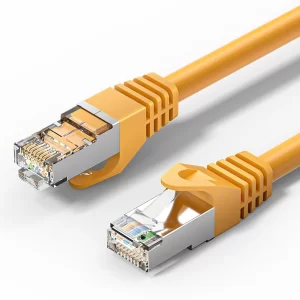
What is a Patch Cable
Types of Patch Cables
Patch cables come in many varieties depending on the application. Below are some of the most common types:
Ethernet Patch Cables Ethernet patch cables are used in networking setups to connect devices like routers, computers, and switches. These cables are typically categorized by their speed and performance, such as Cat5e, Cat6, or Cat6a, each supporting different levels of data transmission speed and bandwidth.
Cat5e Patch Cable: Supports up to 1 Gbps at 100 meters.
Cat6 Patch Cable: Supports up to 10 Gbps at 55 meters.
Cat6a Patch Cable: Supports up to 10 Gbps at 100 meters.
Audio Patch Cables Audio patch cables are used to connect various audio equipment, such as musical instruments, microphones, and amplifiers. These cables are usually 1/4' TRS (Tip-Ring-Sleeve) or RCA connectors, designed for high-quality sound transmission without interference.
Video Patch Cables Video patch cables, such as HDMI cables, connect televisions, projectors, and other devices for high-definition video and audio transmission. These cables are designed for quick setups, ensuring high-quality video and sound output.
Why Are Patch Cables Important?
Patch cables play a crucial role in ensuring your devices can communicate with each other efficiently. Without patch cables, network setups, audio systems, and video devices wouldn’t be able to establish the necessary connections to function properly. Here are a few reasons why patch cables are essential:
Quick Setup and Reconfiguration: Since patch cables are short and flexible, they allow for easy reconfigurations and fast setups.
Space-Saving Design: Patch cables are compact, making them ideal for environments where space is limited, like server rooms or home theaters.
High Performance: When chosen correctly, patch cables can support high-speed data transfer, clear audio, and high-definition video without signal loss or interference.
How to Choose the Right Patch Cable
Choosing the right patch cable depends on the specific needs of your setup. Here are some factors to consider:
Application: Are you setting up a network, audio system, or video equipment? Make sure to choose the correct type of patch cable.
Cable Length: Most patch cables are short, but it’s important to select the right length to avoid too much slack or a stretched cable.
Cable Category (for Networking): If you're connecting network devices, ensure the patch cable meets the necessary speed and bandwidth requirements, such as Cat5e, Cat6, or higher.
Connector Type: Make sure the connectors on both ends of the cable match the ports on your devices.
Common Uses of Patch Cables
Home Networking: Connecting your computer to a router, switch, or other network devices.
Data Centers: Establishing network connections between servers and equipment racks.
Audio Systems: Linking instruments, mixers, amplifiers, and speakers in audio setups.
Video Equipment: Connecting video sources like gaming consoles, computers, or DVD players to TVs or projectors.
Conclusion
Patch cables are essential components in both everyday home setups and professional environments. Whether you’re networking, setting up an audio system, or connecting video devices, the right patch cable ensures everything functions properly. When choosing a patch cable, make sure to consider the type of connection, length, and category to ensure optimal performance. With the right patch cables, you’ll experience smooth and reliable connections every time.

